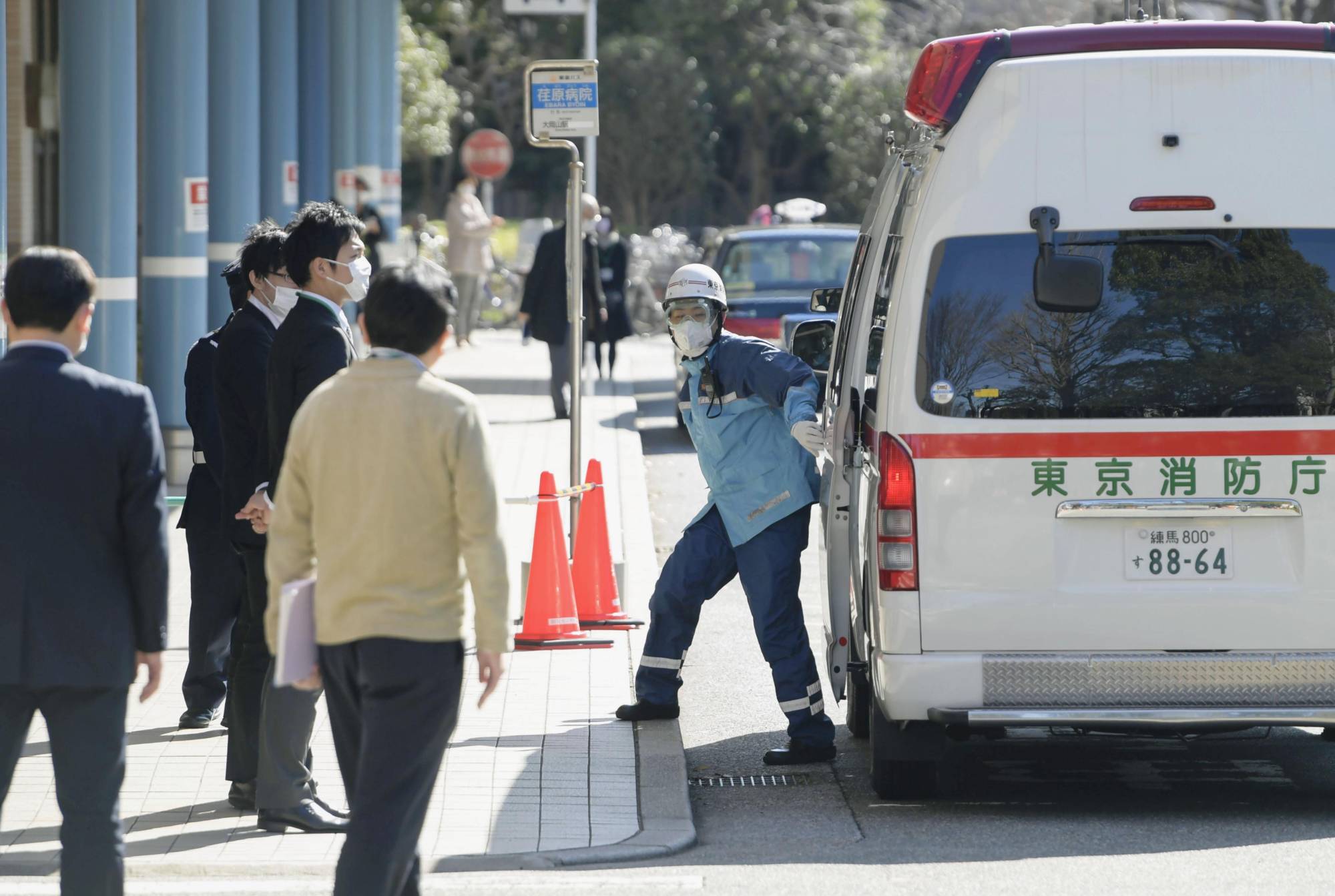Some disasters bring us together. The 1995 Great Hanshin Earthquake spawned volunteerism on a scale unprecedented in Japan. What’s volunteerism? Doing good for its own sake — not for profit. Volunteers coalesced into nonprofit organizations, given official status by the Nonprofit Organization Law of 1998. It was idealism in motion: By 2015, NPOs numbered more than 50,000, according to the Japan NPO Center.
The Great East Japan Earthquake of 2011, triggering tsunamis and nuclear meltdowns, was catastrophic, one would think, almost beyond human endurance. Its sufferings and dislocations are not healed to this day. And yet, one of the enduring memories is a happy one, enshrined in the “kanji of the year” that year — kizuna (human bonds), seen as not only surviving the shock but strengthened by it. We drew closer to one another — recognizing perhaps our common vulnerability to that whose kanji came in second: wazawai (disaster). Strikingly, positive thinking triumphed over what circumstances seemed to be very heavily favoring — namely, negative thinking.
COVID-19 is a crisis of a different color. Its victims are infectious, possibly fatally so. There are heroes whose sympathies are stronger than their fear. Suffering and death, without their unceasing work, would be much greater. The debt the world owes them is beyond repayment. Lesser mortals salute them but do not, by and large, emulate them. The natural, instinctive and, from a purely practical point of view, rational response was encapsulated through Golden Week in a Kanagawa Prefecture road sign: “Do not come to Kanagawa now.”



